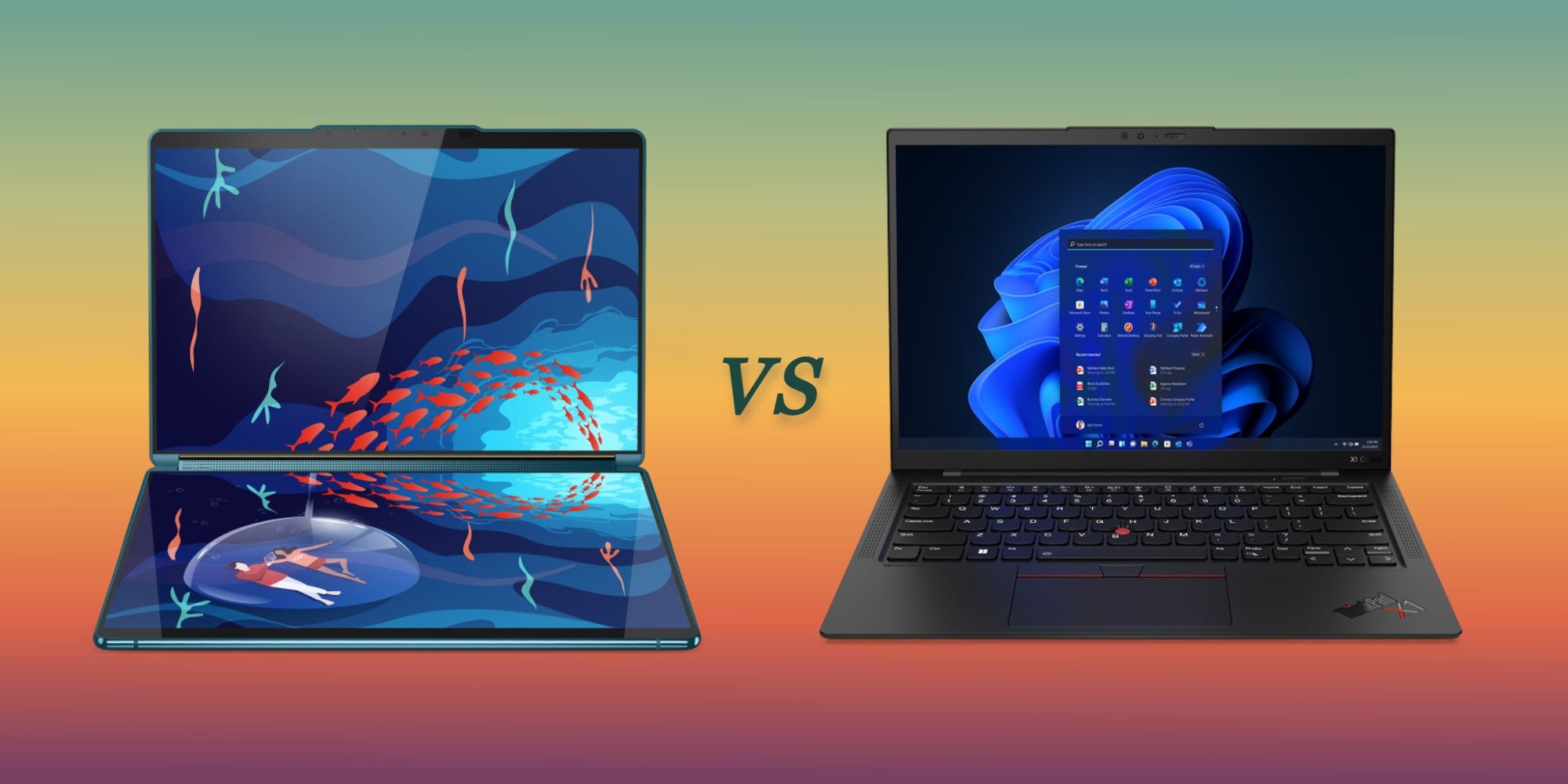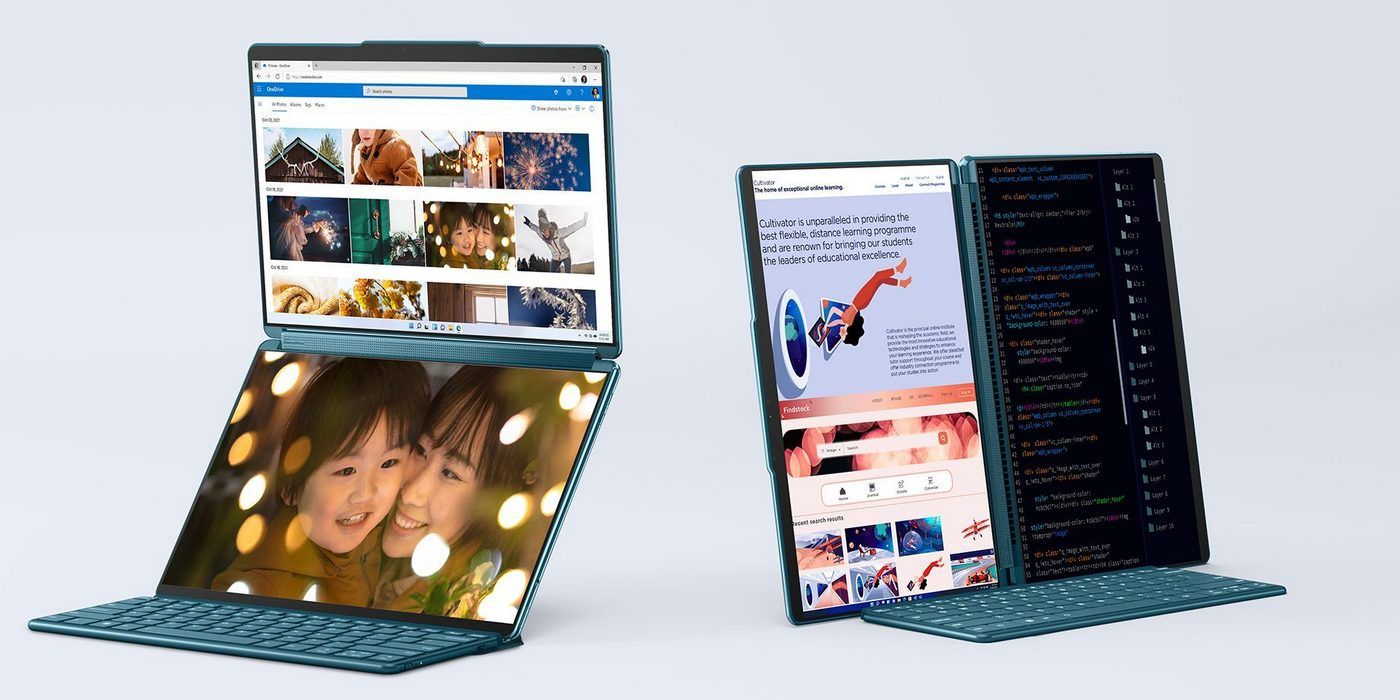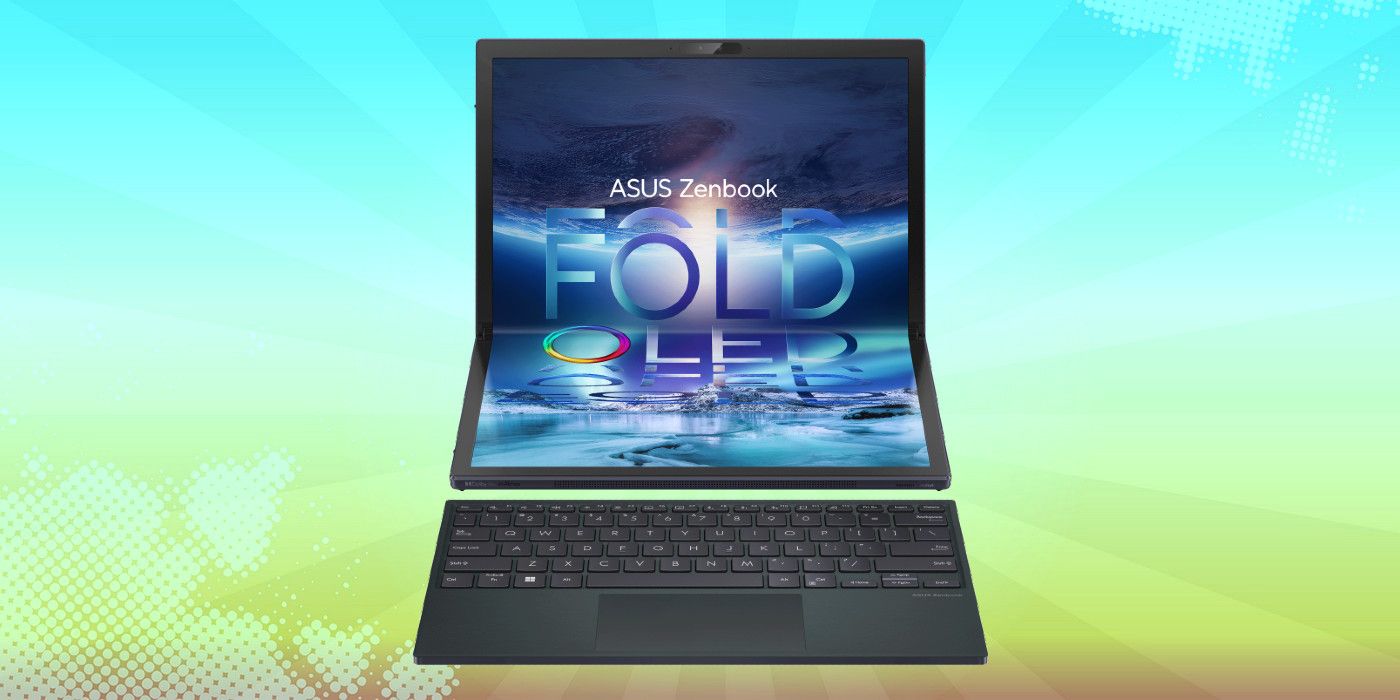Dual screen and foldable laptops are being marketed as the future of notebooks, but does that mean laptops with physical keyboards will become obsolete? Dell demonstrated its Duet dual screen laptop concept back in 2020, but the product was never released. However, Lenovo's dual screen Yoga Book 9i laptop was unveiled at CES 2023 and will be available later in the year. Additionally, foldable laptops like Lenovo's ThinkPad X1 Fold and the ASUS Zenbook 17 Fold OLED are also being launched. None of these laptops have a physical keyboard, which begs the question – can a second screen replace the physical keyboard on a laptop?
Dual screen laptops like the Yoga Book 9i offer greater versatility and the potential to replace a physical keyboard entirely. Adding haptic feedback and the ability to feel key travel on a virtual keyboard has made the experience quite similar to typing on a physical keyboard. The secondary touchscreen display can be used for various functions, such as a larger screen for multimedia content, game controllers, editing panels, and shortcuts for applications. Active pen or stylus input on two touchscreens extends the functionality, while an optimized operating system adds various gestures for more seamless interactions.
Benefits Of Dual Screen Laptops
Although the concept may appear impractical, the initial release of the first touchscreen phone without a keypad evoked the same reaction. These days, every smartphone has a touchscreen. Using a screen instead of a physical keyboard has been slowly perfected over time, thanks to better hardware and optimized software. On a regular laptop, users can only split the existing single screen to accommodate more windows. In contrast, dual screen devices allow users to work on both screens simultaneously and complete multiple tasks. Additionally, having a complete touchscreen interface also replace the physical touchpad with touch input, a stylus, or even a virtual touchpad with haptic buttons.
If users prefer not to type on a touchscreen, dual screen laptops can connect to a Bluetooth keyboard for added convenience. Furthermore, the 360-degree hinge mechanism allows them to be used in various modes such as a tent mode, presentation mode, tablet mode, and a conventional laptop mode. Instead of connecting an external monitor, the two separate display panels increase productivity for users looking for more functional screen real estate.
Traditional Laptops Aren't Going Anywhere
Although dual screen laptops can function like a regular laptop, when paired with an external Bluetooth keyboard, they become cumbersome and take up more space. Another limitation is that traditional laptops are cheaper, which means users can pick up a more powerful configuration for gaming or video editing for same price as an entry-level dual screen laptop. The battery life of a dual screen laptop will also be significantly shorter than a traditional laptop, since the battery must power two screens rather than one.
The software and hardware components that make up a dual screen laptop have come a long way to provide the promised versatility in compact form, but at the moment, the higher price point can be a deterrent to new buyers. Additionally, by eliminating a physical keyboard, a laptop with dual or folding screens has the potential to become easily damaged. In conclusion, while dual screen laptops have use cases in creative fields, the majority of users would be better off using a traditional laptop with a physical keyboard, at least for now.
Source: Lenovo



